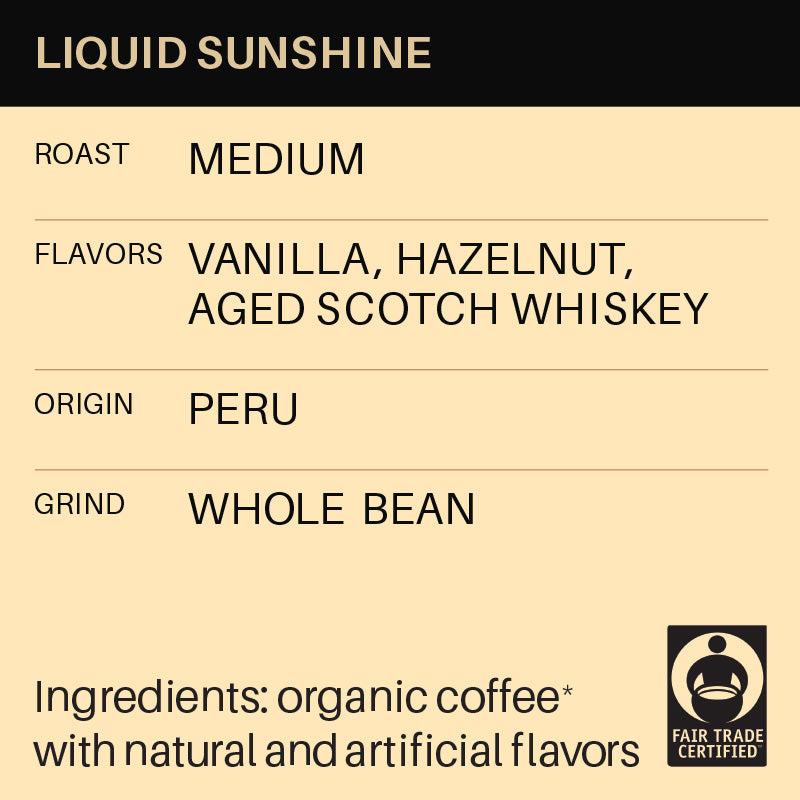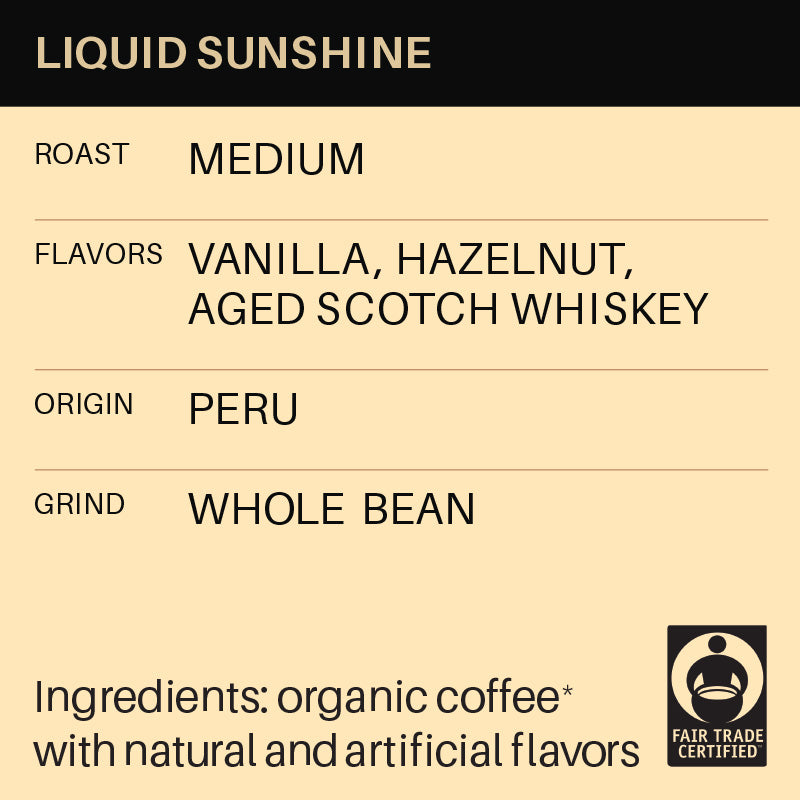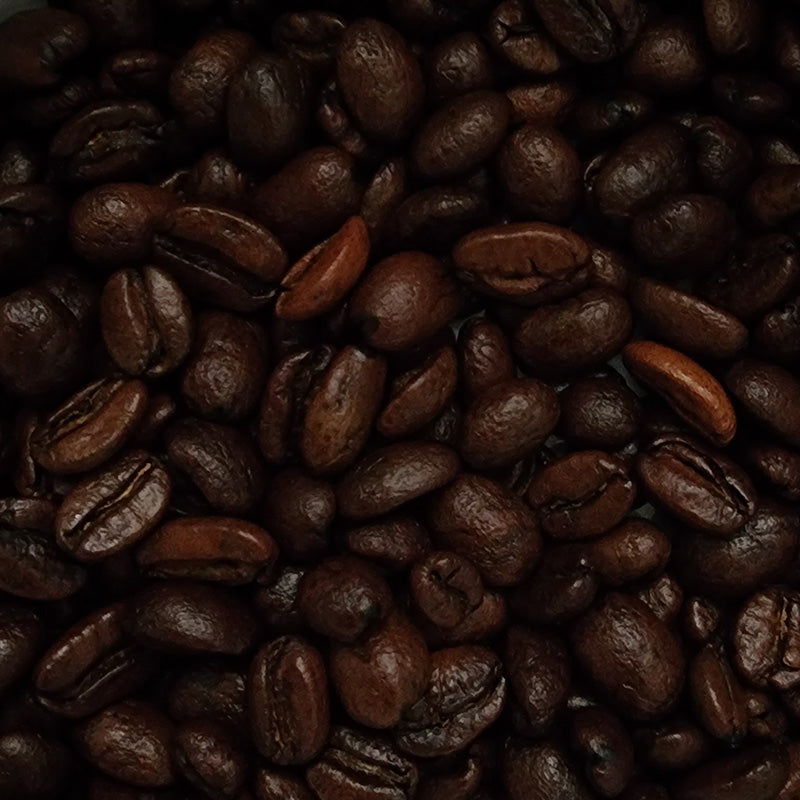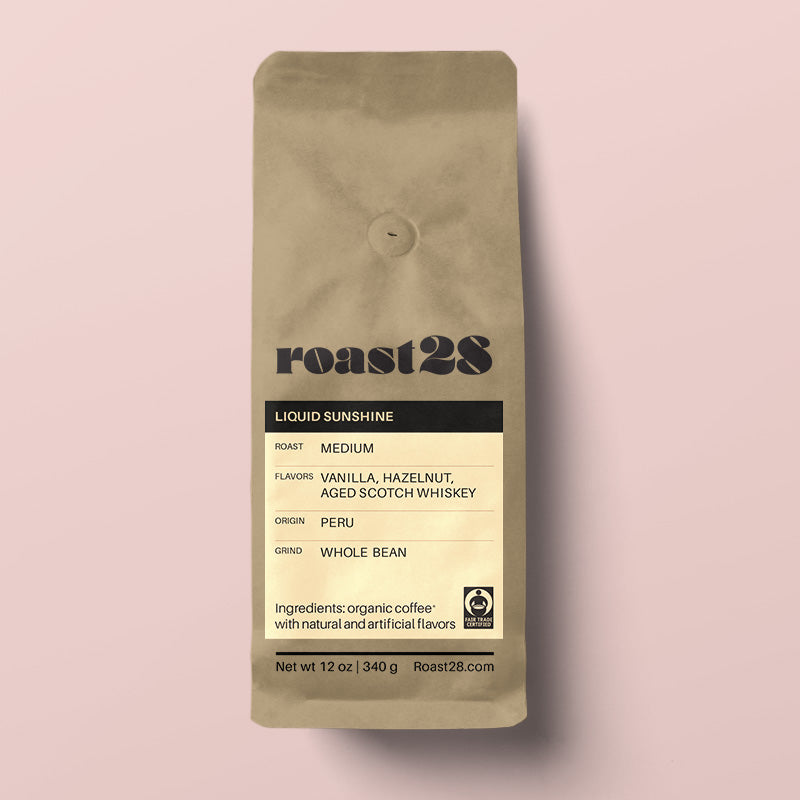When you start to explore the deep world of coffee, you’ll quickly notice that every roaster has a unique take on roast levels and flavor profiles. So, how do we define "dark roast" at Roast28? We keep our labels simple to avoid overwhelming our customers with too many options, while unfiltered images of the beans on our product pages provide seasoned drinkers with clear visual cues about roast level. Learn more about the subtle nuances of dark roast and how we balance bold flavor with approachable complexity in every batch.

Roast level expectations
Most people understand coffee in terms of light, medium, and dark. Generally, light roasted coffee is expected to have higher caffeine quotients, medium roasted coffee is a crowd pleaser, and dark roast coffee can be compared to dark chocolate—you're either a fan or not. On the surface, these generalizations are true, but once you learn how time, temperature, and origin affect the flavor, these generalizations begin to feel overly simplified.

Proper brewing = balance
As you become more interested in coffee, visit a coffee roaster or attend a cupping/ tasting exercise, the subtle nuances of roast flavor begin to appear. Light roasts become "more acidic", medium roasts seem "brighter" or "citrusy", and dark roasts start to be judged by a "full body" or "syrupy mouth feel". Understanding how to properly brew each of these roasts can begin to bring out their true character. You will be able to find a truly enjoyable cup of coffee at any roast level if the roaster has done their job well.

Coffee bean color
Roast28 offers medium and medium + dark roasts, but our primary focus will continue to be in the realm of dark. Because dark is defined differently by roasters, we keep our labels simple and include information about origin, flavor, and what the beans look like in real life. Learning how beans are roasted and what happens to them at each stage in their journey will help you evaluate the roast level and make a selection that matches your own taste preferences.

First and second crack
Similar to brewing, coffee roast levels rely primarily on time and temperature. When roasting coffee, the beans will produce a cracking sound ("first crack") once the roaster reaches approximately 196 °C (385 °F). The cracking sound is produced by the coffee bean expanding/ losing moisture, and this starts the official beginnings of a light roast. A "second crack" happens if the roaster allows the beans to reach 224 °C (435 °F) and begins the production of Italian or French roast.

Photo courtesy: Chasing Delicious
Determining dark roast
Many roasters consider the tail end of a first crack to be a dark roasted coffee. Coffee beans in the dark roast stage have lost much of their moisture, they have grown in size, and oils begin to appear, making them darker and shinier. A skilled roaster determines what point to stop beyond the second crack, as the structure of the bean begins to break down at this stage.

Coffee bean origins
The locations where the coffee beans are grown can also make a difference when producing dark roasts. Countries such as Kenya, Sumatra, Central America, Mexico, and Indonesia grow coffee that is naturally sweet, spicy, and nutty. You can expect coffee from those origins to produce sweet flavors like creamy caramel, maple syrup, fresh cola, and dark chocolate. Spices like cinnamon, nutmeg, and anise (licorice flavor) or nuts like peanut butter, praline, and hazelnut will also likely be present.

Levels of dark roast
There are varying levels of roast that can be considered dark roast. What Roast28 labels as "dark" falls into full city, continental, Vienna, espresso, and French roast categories. We do not typically carry coffees as dark as Italian and Spanish, but never say never! If we find an amazing coffee that dark, we will certainly include it in our collection.

Join the conversation
What is your favorite dark roast level and why? Join the community and leave a comment letting us know which dark roast you love best, and give us the details. If you have a particular way to brew it best, add those details so we can learn from your experience.




